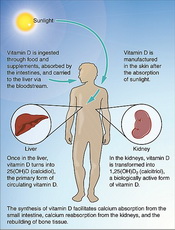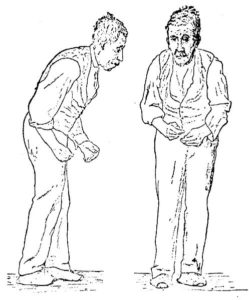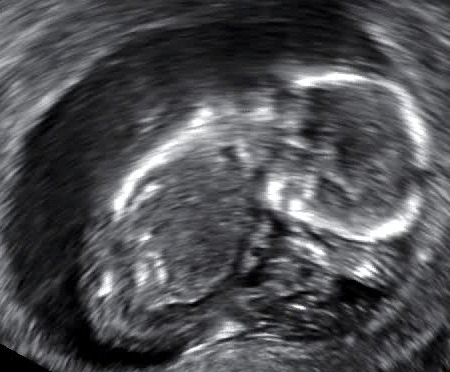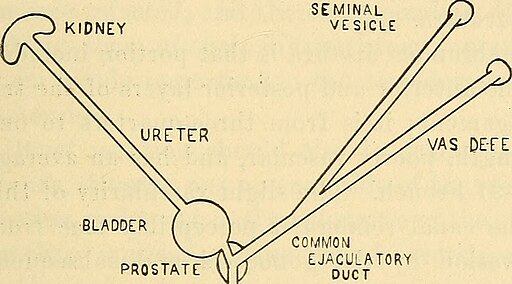
When people think of fats in their diet, they tend to demonize them. Fats are linked to cardiovascular diseases, obesity, cancer, diabetes (type 2) and more. In fact, foods that have fat in them have been vilified to the point where you can now find fat free or low-fat versions of them.
On the other hand, before you shun them from your diet, you should consider that they are needed by your body for various functions. In fact, following dietary guidelines, you have to make sure that you get 20% to 35% of your calories from fats. The lowest that you can opt for is 10% fat in your food but it is usually not recommended.
Unusually, the average diet gives one 34% to 40% of calories from fats. Couple this with poor exercising habits or a sedentary lifestyle and this fat is not burnt off but stored. With each meal, you keep adding to the stored fats and this creates a surplus that is unhealthy for your body.
Differentiating Between Good Fats and Bad Fats
To better understand these nutrients, you need to take a closer look to see that not all fats are equal. There are good fats and bad fats in your diet that make a major impact on you. Take a closer look to understand them here:
Bad Fats
There are actually two types of bad fats that you can find in your diet. Both of these are harmful to your cardiovascular health. Another distinguishing factor is that they are usually in solid form at room temperature.
- Saturated Fats – These are usually animal-based fats and are typically found in certain meats and dairy products. High amounts of saturated fats can increase the cholesterol level in your body and increase the risk of developing cardiovascular diseases. If your diet is high in refined carbohydrates as well, you can amplify your chances of developing diabetes (type 2) as well.
- Trans Fatty Acids – These are usually plant-based fats but and are wrongfully assumed to be healthier. Present in hydrogenated vegetable oils, these are extremely harmful to you. With trans fatty acids, your risk for cardiovascular disease is drastically magnified because these fats inhibit the production of good cholesterol and raise the level of bad cholesterol more than saturated fats.
If you eat junk food and fast food on a daily basis, it is very likely that your diet is high in saturated fats and trans fatty acids because these are present in high amounts in fried foods, dark meats such as pork, beef, and lamb, lard, shortening, baked goods, processed foods and snacks such as popcorn, crackers and more.
Good Fats
Like the bad ones, there are two types of good fats in your body and they are healthier for your heart. Unlike the bad fats, these are usually in liquid form at room temperature.
- Monounsaturated Fats – These are found in a number of different foods and oils and when taken in moderation, they can improve the level of cholesterol in the body and also reduce your risk of developing cardiovascular diseases. They also boost production of high-density lipoprotein – HDL in the body that is good for your body.
- Polyunsaturated Fats – Largely found in plant-based oils and foods, polyunsaturated fats are also good for your body. They also contain Omega 3 fatty acids which improve coronary health by boosting the health of your cardiovascular system. They can also boost heart function and prevent heart arrhythmia.
Eating healthy organic food items can help you introduce monounsaturated fats and polyunsaturated fats into your diet. Again, care needs to be taken since these fats have to be eaten in moderation to benefit your body. Anything in excess can harm your body.
The Good Ones You Need in Your Diet
Now if you are thinking of adjusting your diet, you need to ensure that you include the following items in order for you to be healthier:
-
Coconut Oil – Extra Virgin
Good for your skin and your hair, coconut oil is also good for your heart. It contains high amounts of antioxidants that improve your cardiovascular health. The anti-inflammatory properties of coconut oil can also improve joint health and reduce the chances of developing arthritis.
-
Olive Oil – Extra Virgin
Extra virgin olive oil is extremely good for your heart since it has high amounts of monounsaturated fats. It also protects cells from damage and improves cognitive function and memory. In many cases, it has also been found to help improve chronic inflammation. Take care when buying it to ensure that you aren’t using fake olive oil.
-
Ghee and Butter
While butter is usually skipped, it has good amounts of Omega 3 fatty acids and Omega 6 fatty acids that improve brain function, skin condition and also helps improve your hair too. Moreover, both these fatty acids are not naturally produced in the body so they should be included in your diet. Similarly, ghee, also known as clarified butter, is high in vitamin A, D, E and K2. It improves bone health, boosts cardiovascular health and is also naturally lactose-free.
-
Avocados
Extremely rich in monounsaturated fatty acids, avocados boost good cholesterol in your body. They also have high levels of vitamin A and E and have antioxidant properties that boost your immune system. It also has good amounts of proteins and folic acids, which improves the health of your reproductive system, effectively minimizing birth defects.
-
Fatty Fish – Omega 3 and 6
Fatty fishes are oily ones such as sardines and salmon and are very high in Omega 3 fatty acids and Omega 6 fatty acids. They also have healthy amounts of vitamin A and E that improve your skin, hair, and nails. They also improve brain function and definitely contribute to keeping you younger.
Making Any Changes in Your Diet
Before you make any changes in your diet, always remember to consult with your physician or a proper dietician. Make allowances for your special dietary needs, particularly if you are allergic to certain foods. For example: Nut allergies can mean that you cannot consume coconut oil. You will have to use a substitute for it.




 Alzheimer’s disease is an aggressive neurological disorder that slowly breaks down brain cells and inhibits bodily function. The main problem materializes when a person starts to forget things as their brain cells gradually die.
Alzheimer’s disease is an aggressive neurological disorder that slowly breaks down brain cells and inhibits bodily function. The main problem materializes when a person starts to forget things as their brain cells gradually die. 
 You don’t avoid bringing your car in for routine maintenance, right? Then you should do the same thing with your body. With that said, the older you are, the more this should apply.
You don’t avoid bringing your car in for routine maintenance, right? Then you should do the same thing with your body. With that said, the older you are, the more this should apply. 

 We are not talking about dieting, although much of what is discussed here can apply to
We are not talking about dieting, although much of what is discussed here can apply to 
 Green tea is a winner
Green tea is a winner Did you really think that we were not going to let you read this article without the mention of
Did you really think that we were not going to let you read this article without the mention of  OSA consists of the complete obstruction of the airway while sleeping. This obstruction prevents air from entering the lungs. Obstructive Sleep Apnea is characterized by recurrent episodes of airway collapse during sleep. A critical issue with an apnea event is how long oxygen is cut off. When the airway is blocked for more than ten seconds oxygen loss begins to occur.
OSA consists of the complete obstruction of the airway while sleeping. This obstruction prevents air from entering the lungs. Obstructive Sleep Apnea is characterized by recurrent episodes of airway collapse during sleep. A critical issue with an apnea event is how long oxygen is cut off. When the airway is blocked for more than ten seconds oxygen loss begins to occur.








